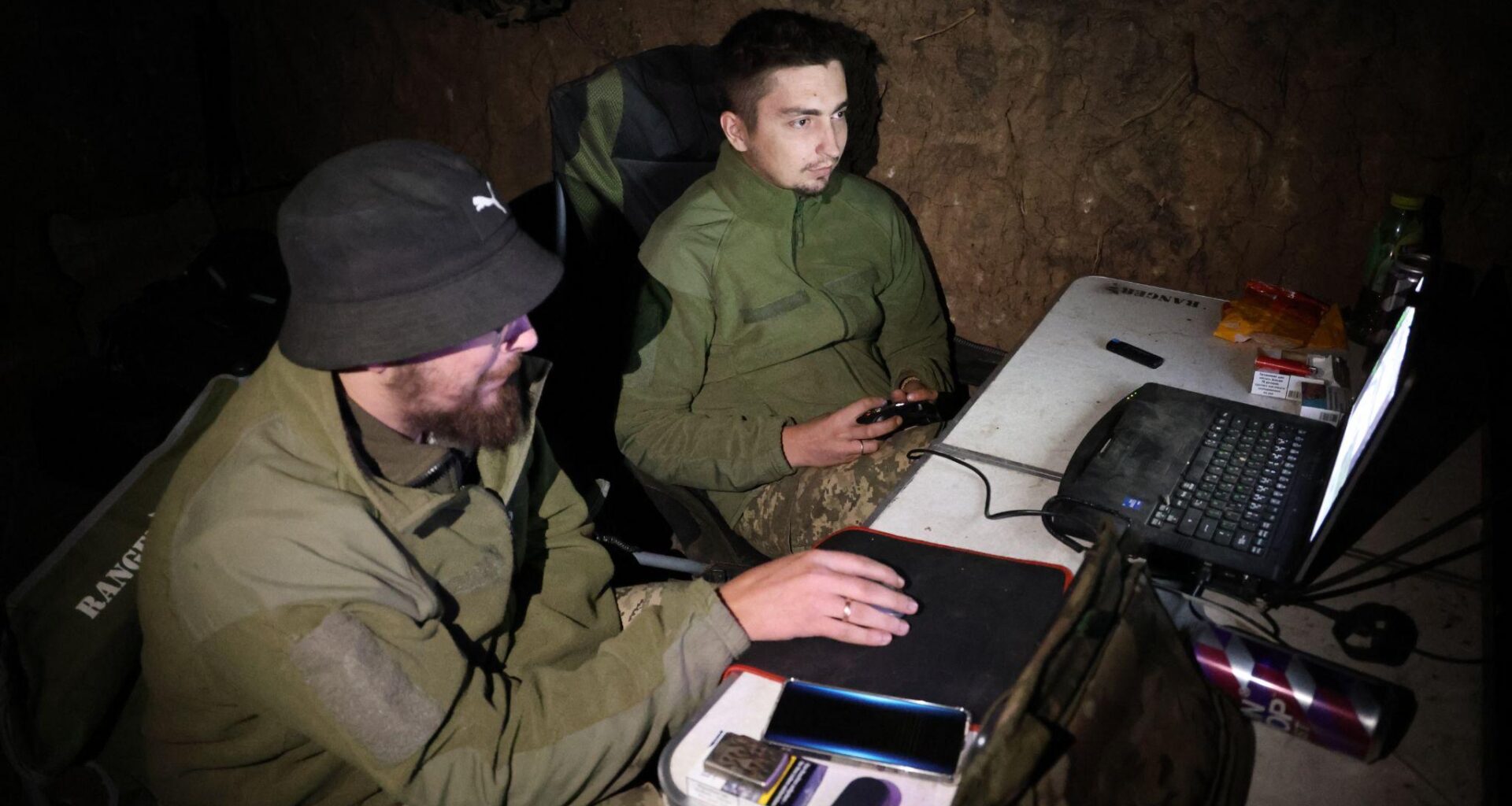In the fields outside Chasiv Yar, Ukrainian soldiers from the drone unit Yasni Ochi, which means "Clear Eyes," gear up to scout Russian targets in and around Bakhmut. As part of the 23rd Mechanized Brigade, they are deeply engaged in the intense battles to defend Chasiv Yar, a strategic backbone of Ukrainian defense in the east.
Serhii, known by his callsign “Fly” who leads nighttime drone bombing operations, highlights that Ukraine is still holding on in Chasiv Yar largely thanks to units like Yasni Ochi. These units are vital in holding the line, as their drones fend off relentless Russian assaults.
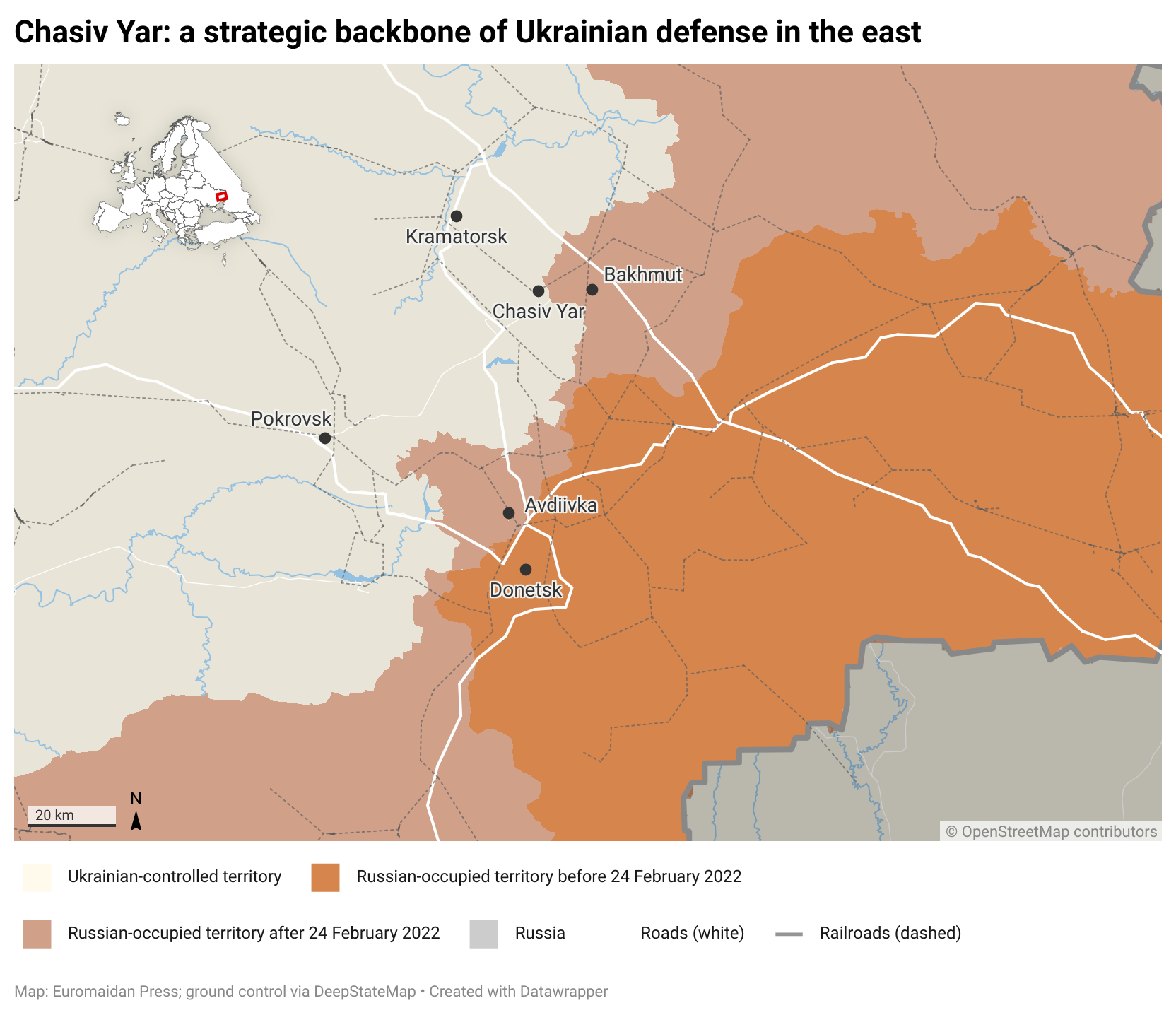
Leading Yasni Ochi is Heorhii Volkov, who used to run a digital marketing firm and a business management consultancy before Russia’s full-scale invasion. Volkov noted that his business background in crisis management, consulting, and logistics planning equipped him with the skills needed to effectively lead a drone unit of nearly 150 men.
Back at headquarters, Volkov and his senior officers constantly plan missions. On this particular day, a team of three specialists skilled in reconnaissance missions was assigned a flight plan to scout targets around Chasiv Yar and the devastated city of Bakhmut. Flying DJI Mavic drones throughout the day, the reconnaissance teams relentlessly marked positions where they spotted Russian soldiers and heavy armor in motion.
As dusk falls, the men load their supplies and gear into the van, preparing for a long night ahead. They'll spend the entire night in a dugout, so they make sure to bring plenty of food and energy drinks. The soldiers mention that summer nights are somewhat easier due to the extended daylight. Yet, as winter approaches and the nights grow longer, their shifts become increasingly challenging.
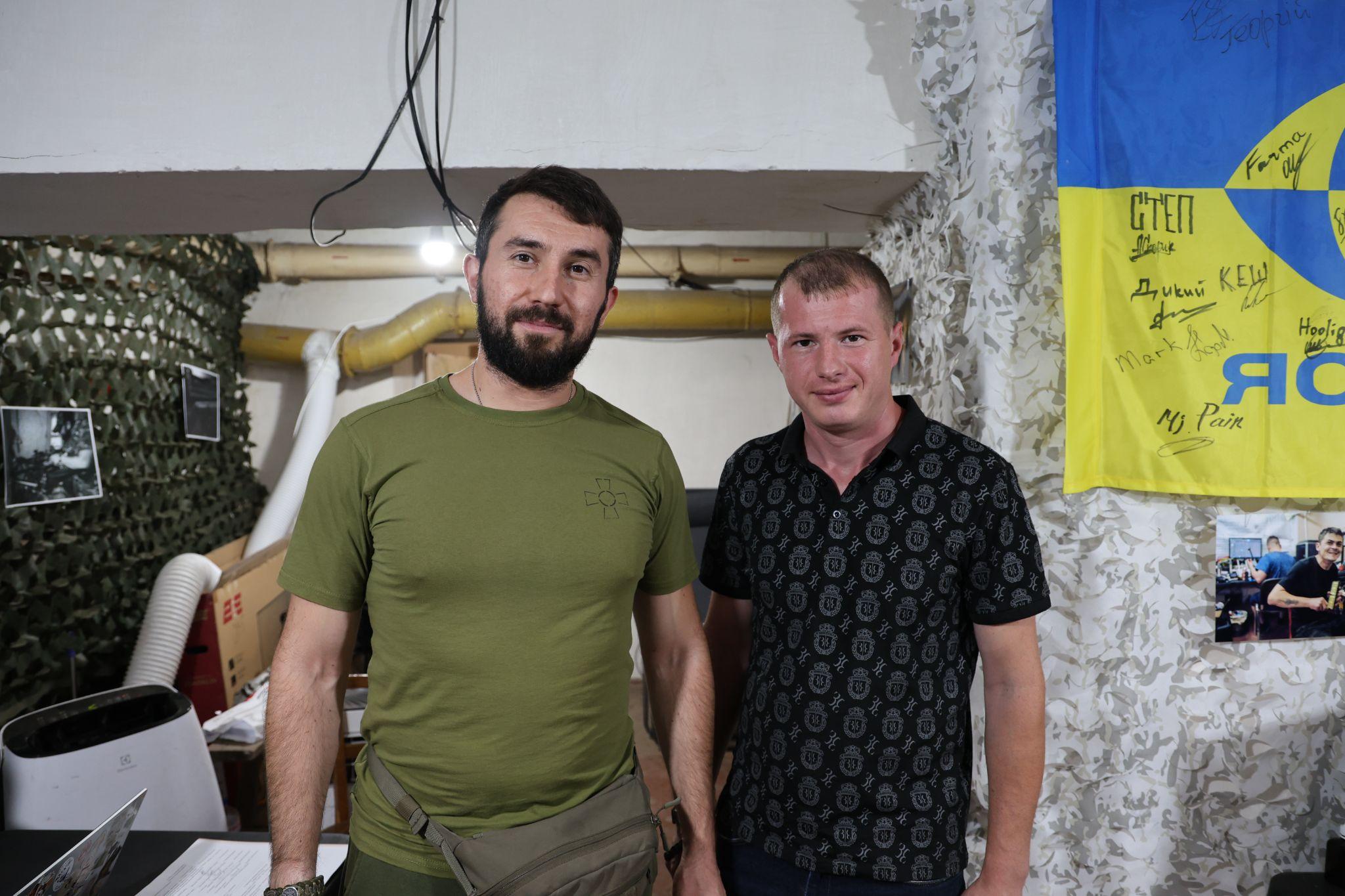
The unit's supply chain commander, Anton – known by his callsign “Hooligan” – is pivotal to the mission’s success. He oversees crucial operations, ensuring that vehicles are mission-ready, fuel levels are sufficient, and drivers are prepared to transport personnel in and out of position. Before the war, Anton managed several grocery stores in his hometown of Kryvyi Rih, where he honed his skills in supply chain management.
He describes his role as a “massive job,” ensuring that personnel are adequately supplied with food, gear, and other essentials. “People don’t realize how much work goes into making sure that each mission is equipped and successful,” Anton explains. While some men carry out aerial reconnaissance, others conduct night bombing missions with various types of drones – all supported by Anton’s meticulous logistical planning.
The journey to the frontline
Once supplies are gathered, a driver assigned to the mission arrives. As the sun sets, the team loads all their gear into the van. Moving during the day is perilous because targets are easy prey for First-Person View (FPV) drones.
Ukrainian soldiers note that, although Russia still has drones in spades, they don’t have as many FPV drones with night vision. Moving at night gives a tactical edge.
Each vehicle carrying drone pilots to the front is equipped with a jammer, though its effectiveness remains a gamble, since incoming drones may operate on different frequencies. The driver barrels down dirty, pothole-riddled roads, causing us to bounce in our seats with every bump.
As we approach our destination, all soldiers switch their phones to airplane mode, careful to avoid pinging cell towers and reveal our location.
Night bombing units launch their drones right on the frontline, while aerial reconnaissance ones operate from a safer distance, reducing their risk compared to the bombing teams' high-stake missions. The soldiers shared that intense electronic jamming around Chasiv Yar makes FPV and Mavic drones lose signal after flying just 3 kilometers (1.8 miles).
Upon reaching our position, the soldiers spill out of the van and swiftly unload the supplies. With the van left exposed in the open, every second counts, adding urgency to the team’s operations. The driver then speeds back to base, ready to spring into action if the situation deteriorates or when it's time to extract the soldiers once the mission is complete.
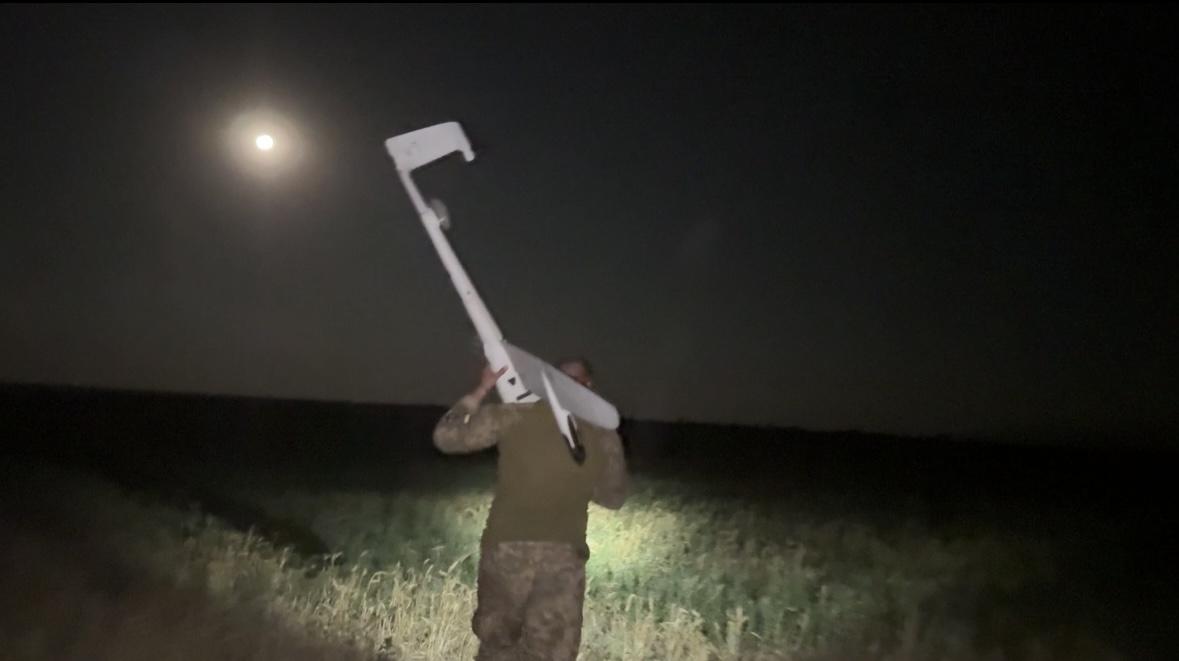
Setting up operations
Before reaching their position, the soldiers radio in and scan the skies for enemy drones, ensuring they remain undetected and avoid any immediate strikes. Upon arriving, they unload supplies and move into the dugout. The generator is to be connected first, bringing the essential electronics to life.
Next, they set up the Starlink to get the internet running and then deploy the antenna to kickstart drone operations.
Оleksandr, who goes by the callsign “Pharmacist” due to his pre-war occupation, speaks of the plight of scouting for a new drone launch position.
“Not only do we have to drive around searching for a spot, but we also have to dig our own dugouts,” he tells me. This task is perilous in itself, exposing them to the risk of a Russian strike while they are busy creating their own cover.
Despite the danger, Оleksandr, originally from Donetsk Oblast, confesses that he fights with pride to defend his homeland from the Russian invaders.
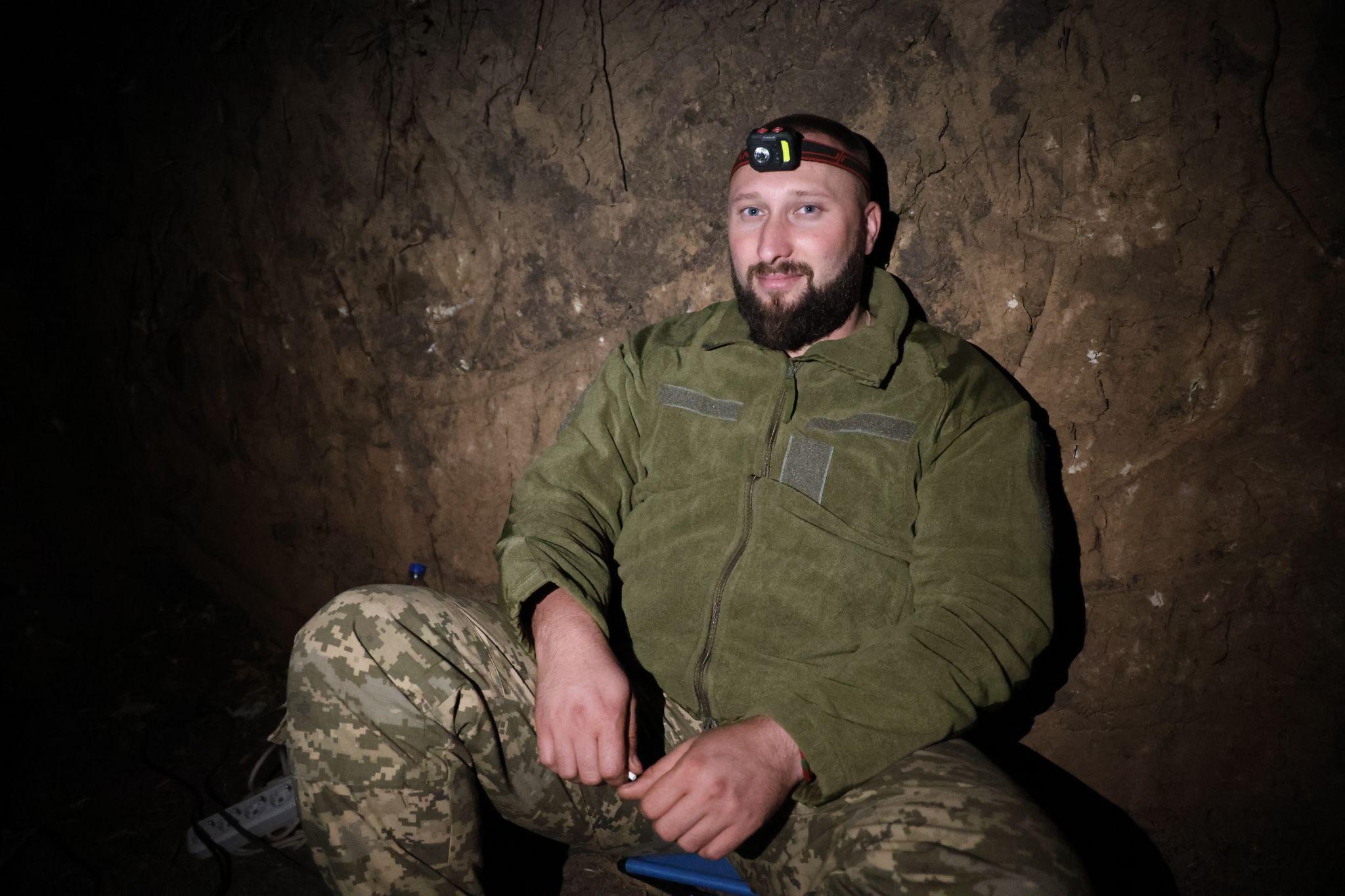
With electricity running and the Starlink online, the soldiers start connecting their laptop and tablet. They dial in to coordinate with other units in the area and headquarters.
Ihor, known by his callsign “Rogue,” then connects an Xbox controller to the computer, gearing up for the flight mission as he is the pilot for the night. Throughout the night, the soldiers gulp energy drinks, vape, and smoke cigarettes to keep themselves alert and sharp for the mission ahead.
The servicemen remain undercover, waiting for headquarters to confirm that the sky is clear of enemy drones before they can safely deploy their reconnaissance UAVs. "If the Russians catch sight of our launch, they’ll immediately target us with artillery and send FPV drones our way," soldiers explain.
"We've frequently faced glide bombs being dropped in our area," Ihor remarks. "While the glide bombs and FPV drones are the scariest for us, having jammers gives us a fighting chance against the drones."
The primary task for Russian units across the line is to neutralize Ukrainian drone pilots, a goal mirrored by the Ukrainian side.
“Take out the eyes and that’s it,” Ihor explained. "Artillery is far less effective without drone visuals. If they locate us, they'll unleash whatever they have, down to the last missile, to take out us, drone pilots. We’re safe for now, but something can hit us at any moment,” he adds.
Once the headquarters gives the green light, Оleksandr grabs the German-made Vector drone and begins unpacking it. He mentions that “the best possible marketing for any drone is having it used on the front lines in Ukraine.” Once the drone is ready, Оleksandr steps out of cover and walks into the open field.
As we walk, he points at what looks like a moving fireball in the sky – shells being fired.
At times, we see bombs dropping in the distance, their explosions lighting up the horizon. Black smoke rises from Chasiv Yar, a reminder of the city's relentless fires as Ukrainian troops endure extreme conditions around the clock. Once the drone is finally ready to launch, Оleksandr steps back, watching as it lifts off vertically and flies away.
A glimpse of Bakhmut
As the drone ascends, its long reach and powerful zoom allow the soldiers to scout Russian positions in the area, giving us a glimpse of Bakhmut. The city appears ravaged, with almost every building reduced to ruins. A thought crosses my mind: If this is what Russian “liberation” looks like, then hell is coming for all of us.
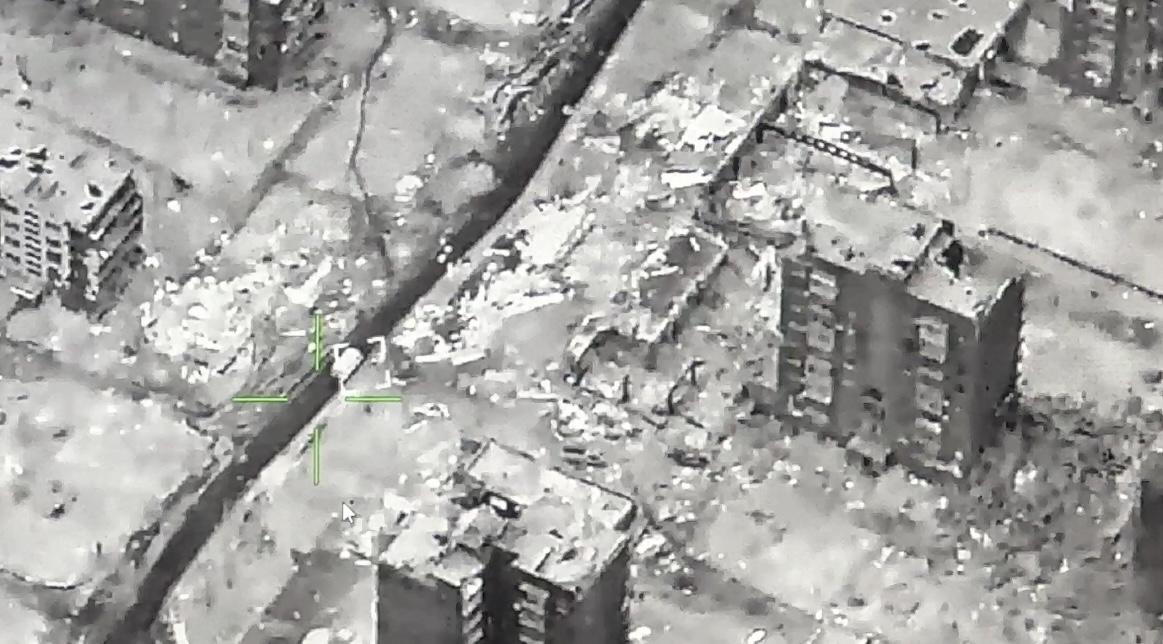
The soldiers spot various Russian vehicles moving around Bakhmut, but they move quickly, staying out of artillery range. Russians also use plenty of all-terrain vehicles (ATVs) and motorbikes to speed up, making it hard to track their positions and gathering points in Bakhmut. Ukrainian servicemen claim that Russian troops are learning and improving their movement tactics under the watchful eyes of drones.
As the drone hovers in the air, the area around our position is enveloped in a barrage of artillery fire, both incoming and outgoing. The sounds of explosions erupt relentlessly.
At one point, a Ukrainian tank drives near our positions and opens fire. Within a short period, we find ourselves surrounded by eight Russian drones. One of them was buzzing overhead, and we sat there frozen, exchanging glances.
Although we are well-covered and sure our heat signature wouldn’t be seen as long as we remain still, I couldn’t help but wonder if we might get blown up at any moment.
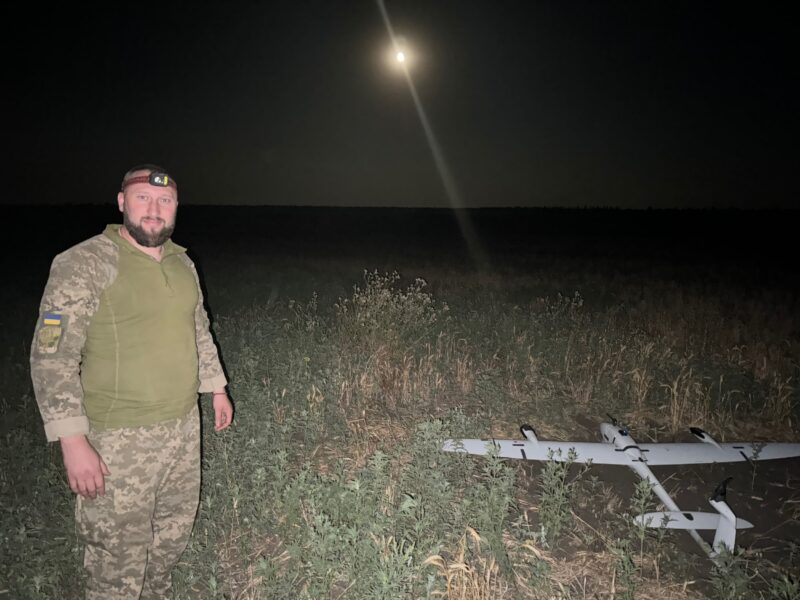
Finally, after some time, the Russian drones leave the area, allowing ours to return to the position. Оleksandr runs out to the field to retrieve it, swaps out the battery, and waits for confirmation that the skies are clear before launching the drone again for another round of reconnaissance.
Between flight missions throughout the night, the soldiers discuss what drone operations were like in the past.
“At the beginning of the war, the Russians even managed to intercept our live stream and dial in,” Ihor recalls. However, even with a secure live stream, Ukrainian servicemen always make sure to turn it off during the return flight to avoid revealing the drone’s landing site or their own position.
“If our position is compromised, there’s a good chance our counterintelligence services will alert us, giving us a brief moment to escape,” Ihor says.
Ukrainian intelligence monitors Russian channels, and Russians are often quick to celebrate once they believe they’ve located Ukrainian drone pilots – often announcing it before confirming any kills. The servicemen claim both sides also capture soldiers and temporarily access their radios to listen in on the other side’s communications. Many external factors beyond their control ultimately determine their survival.
Returning from the field
As sunrise approaches, the Ukrainian soldiers check in with headquarters to confirm that their mission is complete. Once they receive confirmation, they call the driver to quickly head to their position for evacuation. The soldiers pack up the drone, take down the antenna, gather their supplies, and wait.
While waiting for the van’s arrival, I ask the servicemen to share a message for Ukraine’s supporters in the West. They stress the urgent need for more air defenses, F-16 aircraft, and additional weaponry.
Oleksandr sums up, saying that with this support, “victory will be ours.”
When the driver arrives, the soldiers quickly load the supplies and climb inside. The driver then speeds off, trying to get back to safety and out of range of Russian drones. The servicemen return to base and go to their beds in the early morning. They sleep and rest, and once they wake up in the afternoon, they have a short window to relax before heading back into battle. The soldiers go on every mission realizing that each operation could easily be their last.
- Ukraine’s IT Army now aids drone strikes on Russian oil refineries
- Airfield assassin: Ukraine’s Palianytsia drone threatens Russian rear
- Ukraine now has drones rescuing fallen drones from hazardous battlefields
- ISW: Russian troops advanced in Toretsk and near Chasiv Yar, but made no new gains in the Pokrovsk direction
- Fifty-year-old howitzers crack under strain in Ukraine’s Kharkiv defense
- Russian forces persist in assaults on Chasiv Yar's northern flanks - Euromaidan Press

